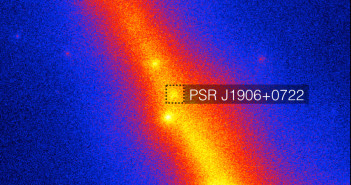
Einstein@Home Finds an Elusive Pulsar
Personal-computer time volunteered through the Einstein@Home project has resulted in the discovery of a pulsar that has been hiding from observers for years.

Personal-computer time volunteered through the Einstein@Home project has resulted in the discovery of a pulsar that has been hiding from observers for years.
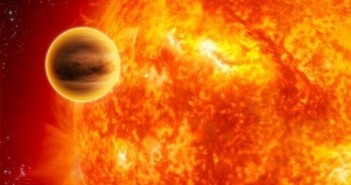
A new model proposes that early stellar ingestion of planets might be very common, and this can have significant effect on the snacking star.
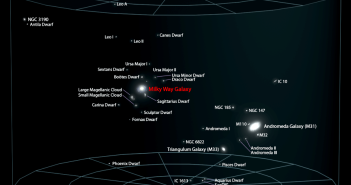
When a dwarf galaxy falls into the halo of a large galaxy like the Milky Way, how is star formation in the dwarf affected?
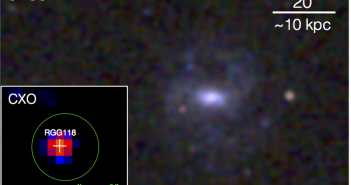
Astronomers have reported the detection of the smallest black hole ever observed in a galactic nucleus. Hosted in the center of a dwarf galaxy, it weighs in at 50,000 solar masses.
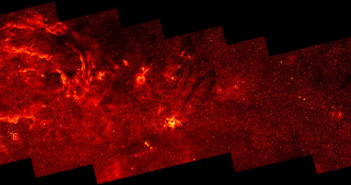
A possible signature of low-mass star formation has recently been found just two light-years from the black hole at the center of our galaxy — a region that was previously thought to be too hostile for such activity.
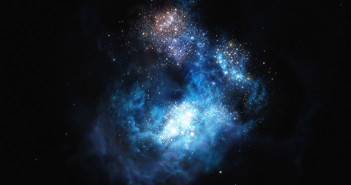
Have we made the first direct observation of the earliest stars formed in our universe? A collaboration using ESO’s Very Large Telescope believes so!
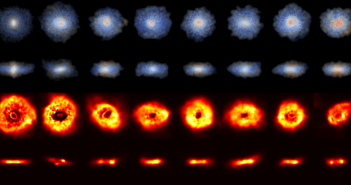
What were galaxies like in the first 500 million years of the universe? The earliest massive galaxies may have been mostly disk-shaped, rather than the compact clumps previously predicted.
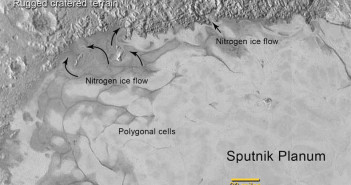
New Horizons scientists predicted that Pluto may have subsurface activity — even before any data came back from the mission.
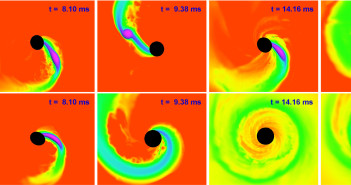
When a neutron star has a glancing encounter with a black hole, its spin has a significant effect on the outcome.
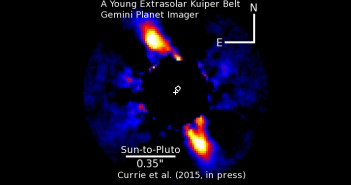
A debris disk just discovered around a nearby star is the closest thing yet seen to a young version of the Kuiper belt.
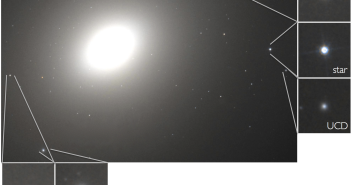
Two recently-discovered objects now hold the title of the densest galaxy and the densest free-floating stellar system ever observed.

Do you wish there were a better way of citing, sharing, archiving, or discovering software for astronomy research? Share your input!